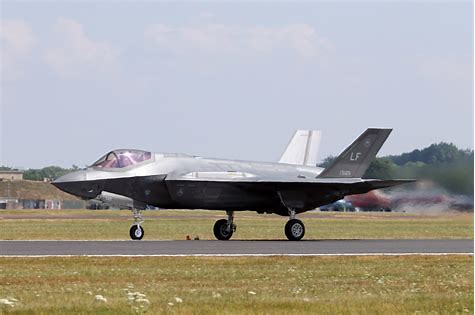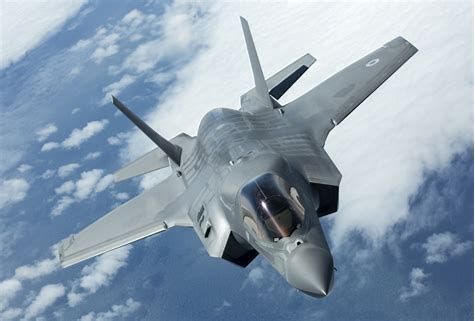
The F-35 Lightning II, a linchpin of modern airpower, stands on the cusp of significant advancements with its TR-3 software update, a precursor to the much-anticipated Block 4 upgrade.

This next-generation fighter jet, acclaimed for its unrivaled stealth capabilities and battlefield versatility, is currently ensnared by delays that impede deliveries and necessitate regular software patches.

The F-35 program’s TR-3 software, a technological leap intended to endow the aircraft with a more powerful processor and new cockpit display, among other enhancements, is mired in testing setbacks.

With 80 completed jets in limbo, the Joint Program Office (JPO) has articulated concerns regarding the TR-3’s stability, hinting that even after approval, the software may warrant additional releases every six months to a year to amend critical issues.

These incremental patches could span two to six weeks per release, potentially undermining the jets’ operational availability.

Outlined by the JPO, the earliest envisaged date for TR-3 aircraft acceptance is a tentative July 2024, with intrinsic risks of further postponements.

Lt. Gen. Michael Schmidt, the program executive officer, told Congress in April that the F-35 steering group—the international users of the fighter—have agreed to releasing a “truncated” version of the TR-3 in order to get deliveries moving again.

Users of the F-35 have been waiting 10 months for deliveries,and this has disrupted the transition from their older fighters to the F-35.

For instance, the provision of used F-16s to Ukraine, part of an international response to bolster its defenses against Russian aggression, is intimately linked to the timely receipt of F-35s by donor nations like the Netherlands and Belgium.

With these nations awaiting their cutting-edge replacements, the F-35 program’s delay cascades, potentially affecting the strategic landscape in Eastern Europe.

Domestically, the U.S. military faces the prospect of operating older aircraft for extended periods, incurring additional maintenance costs and delaying transition training for maintainers and pilots.

Exacerbating these concerns is the recent crash of a developmental test F-35, a variant equipped with Technology Refresh 2, further straining the already overstretched test fleet.

What makes the F-35 especially valuable is its ability to act as a quarterback in the sky, using its advanced sensors to identify and track air, ground, and naval threats and direct friendly assets toward them.

In addition, it is an extremely capable aircraft that can conduct several different mission sets, including Strategic Attack; Air Superiority; Close Air Support; Electronic Warfare; Intelligence, Surveillance, and Reconnaissance; Suppression of Enemy Air Defenses; and Destruction of Enemy Air Defense.

The House Armed Services Committee, in its mark of the 2025 defense bill, slashed the number of F-35s the services requested, diverting the money to more software integration capability, a new flying avionics testbed, additional test F-35s and other test capacity measures, in order to speed up testing.
Relevant articles:
– The U.S. Military’s F-35 Nightmare Has Just Begun , National Intererst, 06/01/2024
– Even After F-35’s TR-3 Software is Approved, Frequent Patches May Be Needed, Air & Space Forces Magazine, 05/30/2024
– F-35 crash shrinks a tiny test fleet under stress, Defense One, 05/29/2024
– Ukraine Is Getting 30 More F-16 Fighter Jets to Battle Russia in the Sky, The National Interest Online, 05/31/2024
